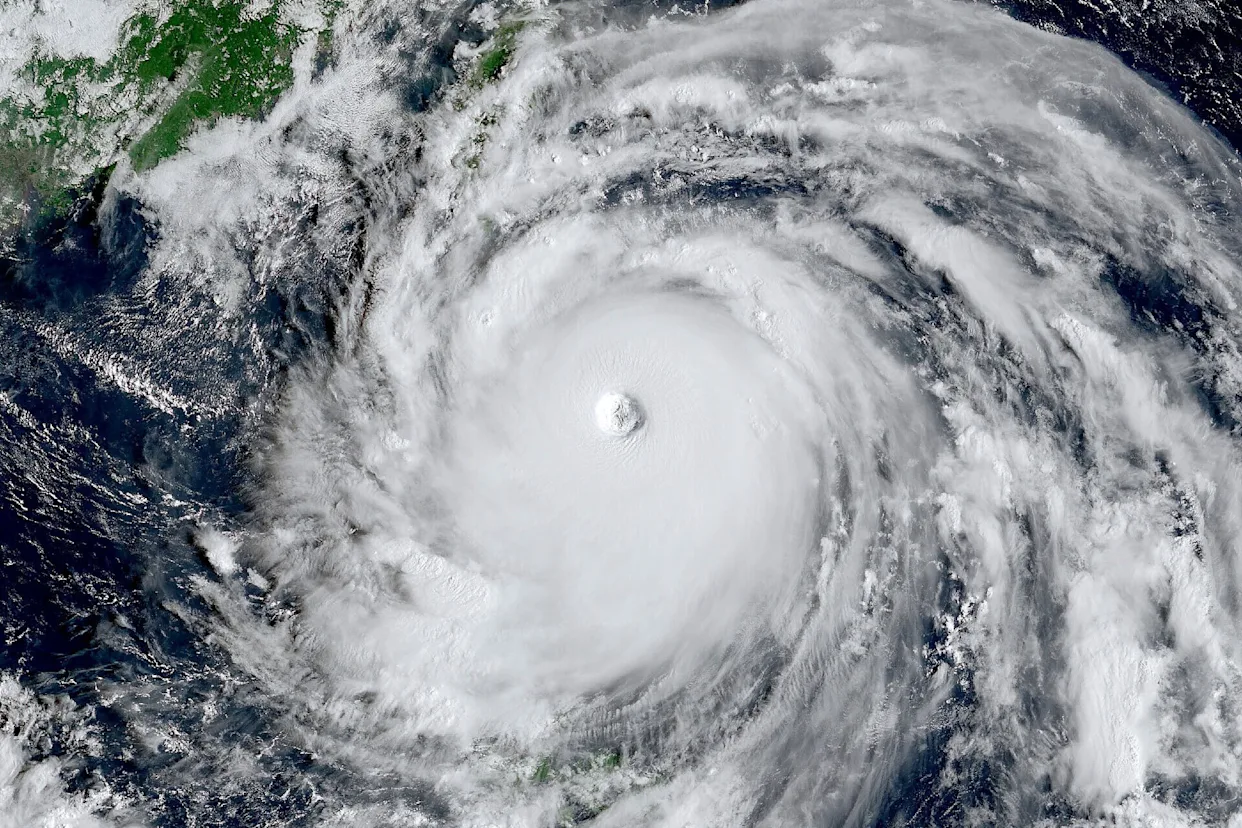A Storm Reshaping Regional Preparedness
Typhoon Ragasa has emerged as one of the strongest storms of the year, highlighting the significant Typhoon Ragasa impact on affected regions. It has unleashed widespread damage while sweeping across the northern Philippines, Taiwan, and now threatens Hong Kong, Macau, and mainland China. Initially, winds were recorded above 260 kilometers per hour. The system rivaled the destructive power of Category 5 hurricanes. It uprooted trees, tore through infrastructure, and forced mass evacuations.
In the Philippines, the storm disrupted agricultural regions, destroyed coastal communities, and overwhelmed transportation networks. It left thousands displaced. As Ragasa moved through the South China Sea, the size and strength of the cyclone forced entire megacities such as Shenzhen and Guangzhou to halt schools, businesses, and public transport. This was in anticipation of storm surges exceeding four meters.
The impact has highlighted the urgent need for coastal cities to strengthen resilience. This need is evident in government initiatives and urban planning, supported by organizations like the United Nations Office for Disaster Risk Reduction. With climate change intensifying weather extremes, storms of this scale are likely to become more frequent. Thus, local authorities are forced to improve warning systems and invest in sustainable infrastructure capable of withstanding repeated natural disasters.
Human and Economic Toll Across the Region
Beyond the physical destruction of property and infrastructure, Typhoon Ragasa has disrupted lives and livelihoods across Asia. Tens of millions of people have been affected, particularly in agricultural zones of the Philippines. There, rice, corn, and livestock production were severely damaged. The economic ripple effects extend to global trade. This is due to ports in southern China, crucial for international shipping, experiencing shutdowns and delays.
According to the Asian Development Bank, storms of this magnitude can reduce annual GDP growth in affected regions by up to 1%. This underscores the financial cost of natural disasters in addition to the human toll. In Hong Kong, panic buying emptied supermarket shelves as residents stocked food and water supplies. Meanwhile, airlines canceled hundreds of flights, creating logistical chaos for international travelers.
Meanwhile, local authorities prepared large-scale evacuation efforts, with over 400,000 residents relocated from low-lying and coastal zones in southern China. The storm’s intensity also triggered landslides in mountainous regions, cutting off vital roadways and complicating rescue operations.
For many communities, rebuilding will take months, if not years, as homes, schools, and hospitals sustained significant damage. Such events reinforce the necessity for long-term disaster preparedness, insurance frameworks, and regional cooperation to manage recovery efforts efficiently.
Building Resilience in a Climate-Vulnerable Era
The devastation caused by Typhoon Ragasa reflects the growing urgency of building climate-resilient infrastructure. It also highlights adopting adaptation strategies in Asia’s most densely populated regions. Urban planners and policymakers are under increasing pressure to integrate flood control systems, storm-resistant housing, and reliable emergency shelters into city design.
The World Meteorological Organization emphasizes the importance of early warning systems. These systems can provide populations with critical time to evacuate and prepare. Furthermore, investment in renewable energy and decentralized power grids can reduce vulnerabilities. This is crucial when traditional infrastructure collapses during extreme weather.
Governments across Southeast Asia and southern China are also collaborating with international partners to fund recovery and climate adaptation programs. These efforts align with global goals outlined in the United Nations Sustainable Development Goals. The path forward requires not only reactive measures but proactive policies. These policies must address the root causes of intensifying storms, including rising sea surface temperatures and unchecked urban sprawl in hazard-prone areas.
For nations on the front lines, Ragasa serves as a reminder. It confirms that climate resilience must be a top priority if future losses are to be mitigated. In the coming years, collaboration between governments, private sector leaders, and civil society will be essential. This collaboration will help transform vulnerable coastal economies into models of adaptation and preparedness.



